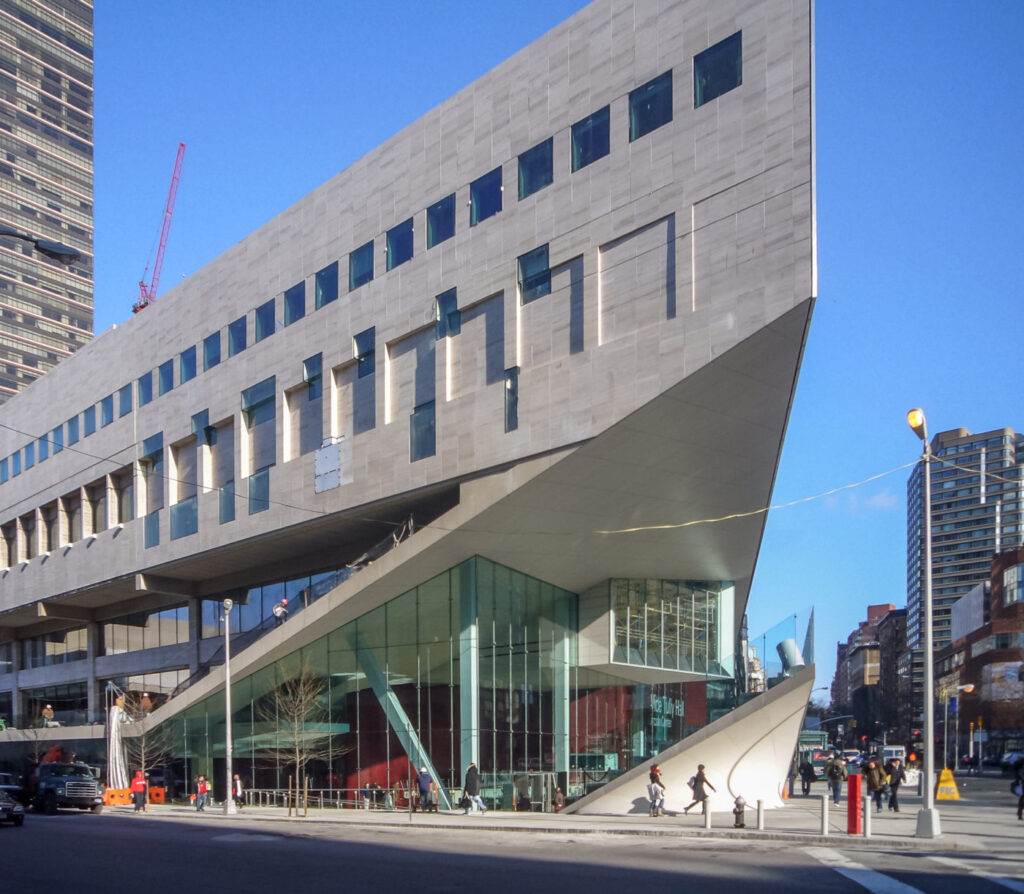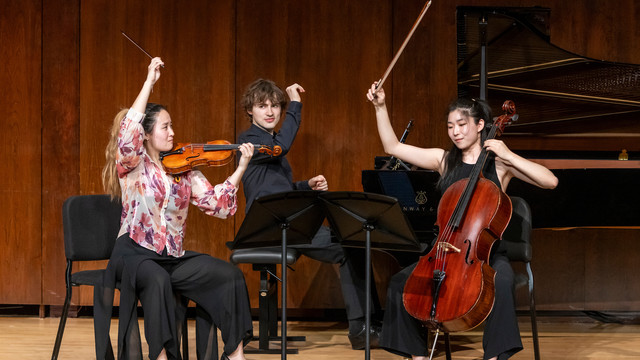The Quick Answer
If you’re looking for the best music schools in the US 2025, here are the top 10 programs recognized for performance, faculty, and industry connections:
- Juilliard School (NYC)
- Berklee College of Music (Boston)
- Eastman School of Music (Rochester, NY)
- Curtis Institute of Music (Philadelphia)
- University of Southern California – Thornton School of Music (Los Angeles)
- New England Conservatory (Boston)
- Manhattan School of Music (NYC)
- Northwestern University – Bienen School of Music (Evanston, IL)
- Indiana University – Jacobs School of Music (Bloomington, IN)
- University of Miami – Frost School of Music (Miami, FL)
👉 Each program has unique strengths in performance, technology, composition, or business, so the “best” choice depends on your goals.
Why This List of the Best Music Schools in the US 2025 Matters
Choosing a music school is about more than just prestige. Parents and students often ask: “What’s the best music school for me?” The truth is that rankings shift depending on your career path, faculty mentors, financial aid, and location preferences.
A school that is ideal for a violinist may not be the right fit for a singer or a music producer. This list highlights not only the reputation of each program but also its unique strengths and ideal student match.
(Internal link: For more context, see our guide on 2024 Conservatory Acceptance Rates.)

The Top 10 Best Music Schools in the US 2025
1. Juilliard School – New York, NY
- Strengths: Classical performance, drama, orchestral training
- Highlight: Prestigious global reputation and NYC location
- Best For: Classical performers seeking elite opportunities
2. Berklee College of Music – Boston, MA
- Strengths: Jazz, contemporary music, production, songwriting
- Highlight: Industry pipeline into studios, tours, and tech
- Best For: Students aiming for careers in popular music and production
3. Eastman School of Music – Rochester, NY
- Strengths: Classical performance, musicology, research
- Highlight: Balance of conservatory training and university resources
- Best For: Students wanting academic rigor with performance
4. Curtis Institute of Music – Philadelphia, PA
- Strengths: Small size, elite faculty, rigorous training
- Highlight: Full-tuition scholarships for all students
- Best For: Exceptional performers seeking unmatched focus
5. USC Thornton School of Music – Los Angeles, CA
- Strengths: Film scoring, popular music, music industry
- Highlight: Close ties to Hollywood and West Coast recording scene
- Best For: Students interested in contemporary and commercial music paths
6. New England Conservatory – Boston, MA
- Strengths: Classical, jazz, chamber music
- Highlight: Deep Boston music community connections
- Best For: Students looking for a conservatory focus with city opportunities
7. Manhattan School of Music – New York, NY
- Strengths: Opera, jazz, orchestral studies
- Highlight: Direct access to New York’s performing arts scene
- Best For: Singers and instrumentalists drawn to NYC
8. Northwestern University – Bienen School of Music – Evanston, IL
- Strengths: Blend of academics and performance
- Highlight: Strong double-degree opportunities at a major university
- Best For: Students wanting flexibility and academic balance
9. Indiana University – Jacobs School of Music – Bloomington, IN
- Strengths: Large ensembles, opera, music education
- Highlight: One of the largest music schools in the country
- Best For: Students looking for breadth and ensemble experience
10. University of Miami – Frost School of Music – Miami, FL
- Strengths: Music business, technology, performance
- Highlight: Innovation in contemporary music and industry programs
- Best For: Students interested in music business and cross-disciplinary study
FAQ
Q: What is the hardest music school to get into?
A: Curtis Institute of Music, with an acceptance rate under 5%, is the most selective.
Q: Which schools are best for music production?
A: Berklee College of Music and USC Thornton are leaders in music production and industry integration.
Q: Do music schools offer scholarships?
A: Yes. Curtis and Colburn provide full tuition, and many others offer substantial merit aid.
Q: Is it better to attend a conservatory or a university music program?
A: Conservatories like Juilliard or NEC focus almost entirely on music, while university programs like Northwestern offer broader academic options alongside performance training.
(Outbound link: See additional rankings at U.S. News Best Music Schools.)
About the Author
Dr. David Lee Fish, Ph.D. is the founder of College Music Major. Doctor Fish is a veteran figure in music and education whose extensive career spans decades of dedication and hard work. He is known for his unique approach to music and his commitment to sharing his passion with others. His expertise ranges from performance to education, and private consulting, making him a renaissance man in the music education sector.

